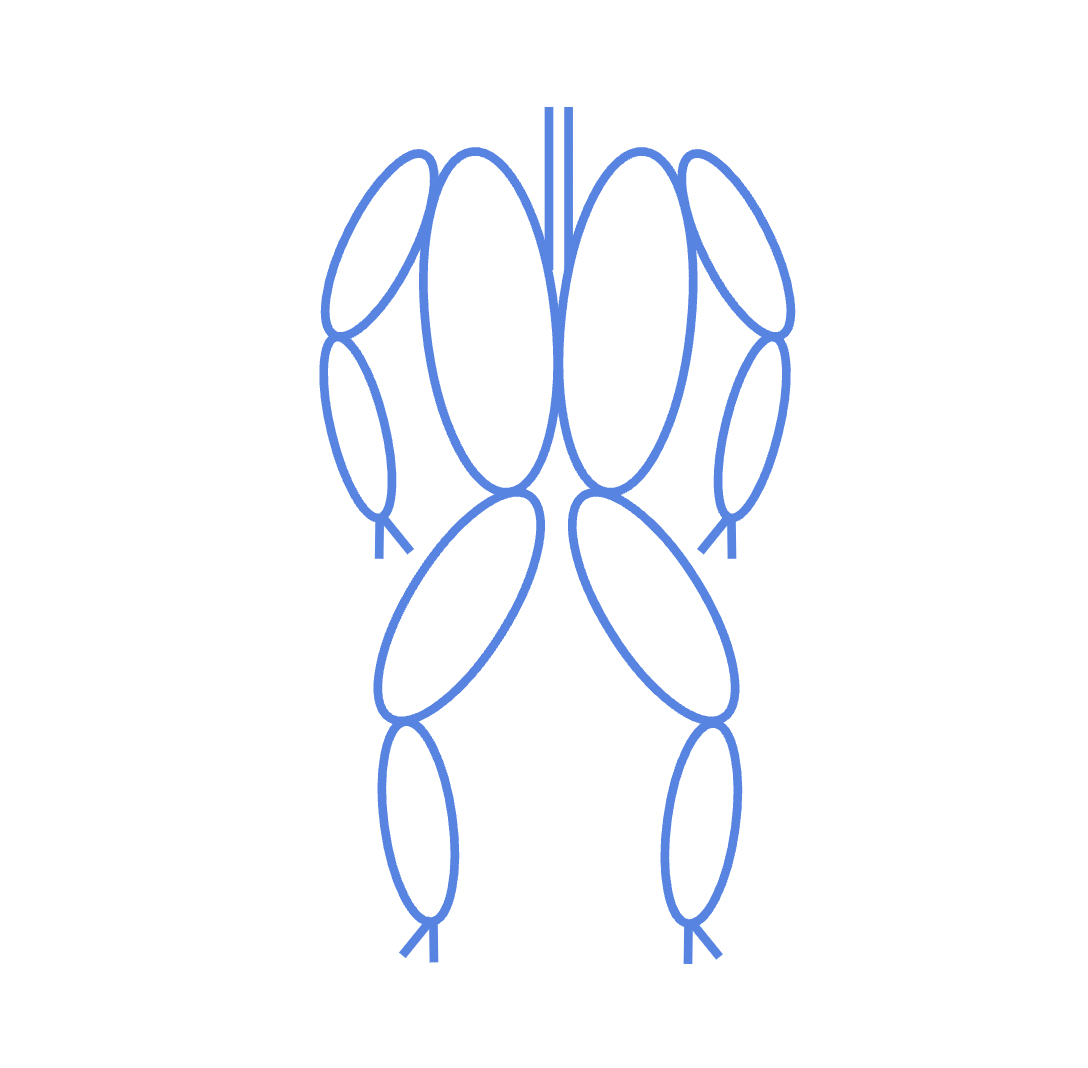My Back Pain Journey
Living With Back Pain: My Journey Through 8+ Years of Searching for Answers
I grew up moving.
Basketball, baseball, cross-country running—I was the kid who always had a ball, a bike, or a pair of running shoes. As I got older, that drive only grew. I found Ironman triathlons and poured myself into endurance sports. For me, pushing my body to the limits wasn’t just about performance—it was how I cleared my head after long hours in the office. Movement was my release.
Then life shifted. We had kids. I turned 40. And suddenly, my back wasn’t my ally anymore—it was my biggest enemy.
The Crash of Pain
One day, out of nowhere, it felt like a bolt of lightning shot through my body. My back would seize up, knocking me down for days. Eventually, doctors told me the culprit: a herniated disc. The options? Surgery, or learn to live with it.
I chose the latter, which they also encouraged if I could manage it. But “living with it” wasn’t really living.
Over the next eight years, I went down every path you can imagine—prolotherapy, plasma injections, chiropractors, physical therapists, online programs, small niche systems. I spent more than $10,000, not even counting the countless hours of appointments and exercises. My back pain consumed me.
And yet, for all that effort, one thing kept gnawing at me: no one was measuring progress. I’m someone who lives in numbers. My career is about data and accountability, but in the world of back pain, there was none. People offered advice and protocols, but no one tied it back to results. I lost trust.
The Search for Real Answers
So I started experimenting on my own. I dipped my toes into new approaches, tested, failed, tried again. I asked myself questions no one else seemed to be asking.
Why does my left rib cage feel locked in a spiral I can’t breathe into, while my right side is limp and unresponsive?
Why can’t I drive force off the outside of my right foot, while on the left side that’s the only thing I can do?
Why did physical therapists insist my glutes were activating when I knew they weren’t?
It wasn’t about effort. I can push harder than most. It was about understanding. And no one seemed to be curious enough—or accountable enough—to dig into the details.
I even offered to pay therapists 10x their normal rate if they could solve my problem, and nothing if they couldn’t. Not a single one took me up on it.
A New Lens on Movement
Eventually, through trial and error, I crossed paths with an NFL quarterback and his partner who were working on biomechanics in a way I’d never seen. They didn’t talk about “stretching” or “strengthening.” They talked about patterns. About how the body actually moves, spirals, and coils.
For the first time in years, something clicked.
They taught me to observe not just myself, but others—elite athletes, 80-year-old marathoners, even how animals move in nature or natives who never encountered our modern lifestyle. I started breaking my body down in slow motion, joint by joint, seeing things no one had pointed out before. The math of my movement started to make sense.
And slowly, after countless false summits, I began to rebuild confidence. I felt strength return.
What I Learned
Back pain taught me something I never wanted to learn, but needed to:
The system is broken. There’s no accountability for outcomes, and too many providers are making false promises.
The world of back pain relief is not a science. Science is when you throw a ball in the air and it comes down every time. We have to learn to carve our own path with back pain, and most don’t fully understand the challenges ahead.
Pain is personal. No one can feel what you feel. You have to learn to become your own best observer.
The body doesn’t move in isolated muscles—it moves in chains, spirals, and rhythms.
Persistence is the only way through. There were dozens of wrong turns before I found the approaches that helped.
This isn’t the end of my journey, but I’ve come further than I thought possible when I was lying on the floor, immobilized by pain. And if you’re in the middle of it, my message is simple: don’t stop searching. There is no quick fix, but there is a way forward if you’re willing to keep questioning, keep observing, keep learning, and keep moving.
